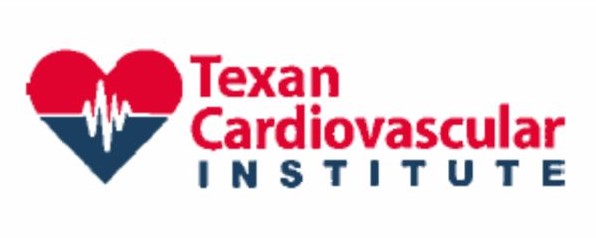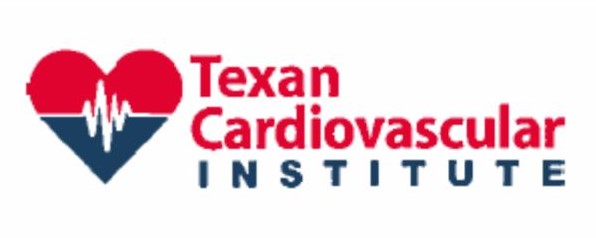Follow Us x
Cardioversion is a procedure that can restore a fast or irregular heartbeat also called an arrhythmia. Cardioversion is done one of two ways: using an electrical procedure or using medicines.
For the electrical procedure, your heart is given low-energy shocks to trigger a normal rhythm; you’re temporarily put to sleep before the shocks are given. This type of cardioversion is done in a hospital as an outpatient procedure.
Using medicines to correct arrhythmias also is a form of cardioversion. This type of cardioversion usually is done in a hospital, but can also be done at home or in a doctor’s office.
Cardioversion isn’t the same as defibrillation, although they both involve shocking the heart. Defibrillations gives high-energy shocks to the heart to treat very irregular and severe arrhythmias, the success rate is usually 75 percent or better.
Fast or irregular heartbeats can occur again after cardioversion. For this reason, you may need to have more than one cardioversion over time.
Fast or irregular heartbeats can occur again after cardioversion. For this reason, you may need to have more than one cardioversion over time.


